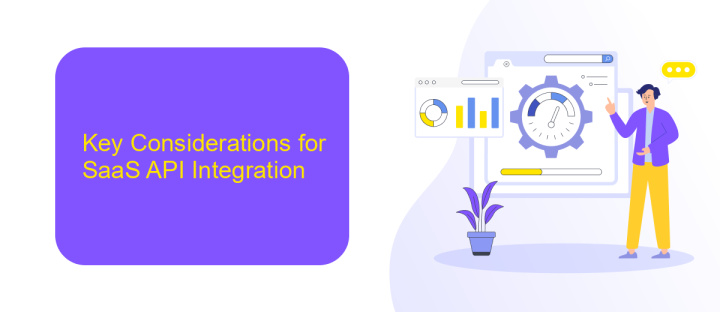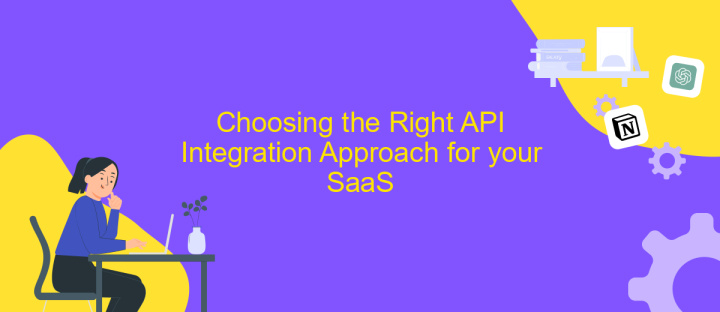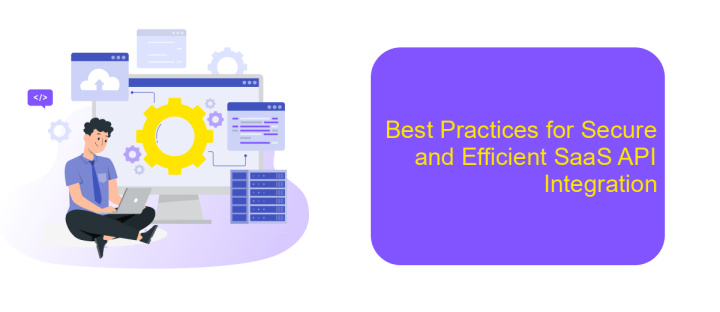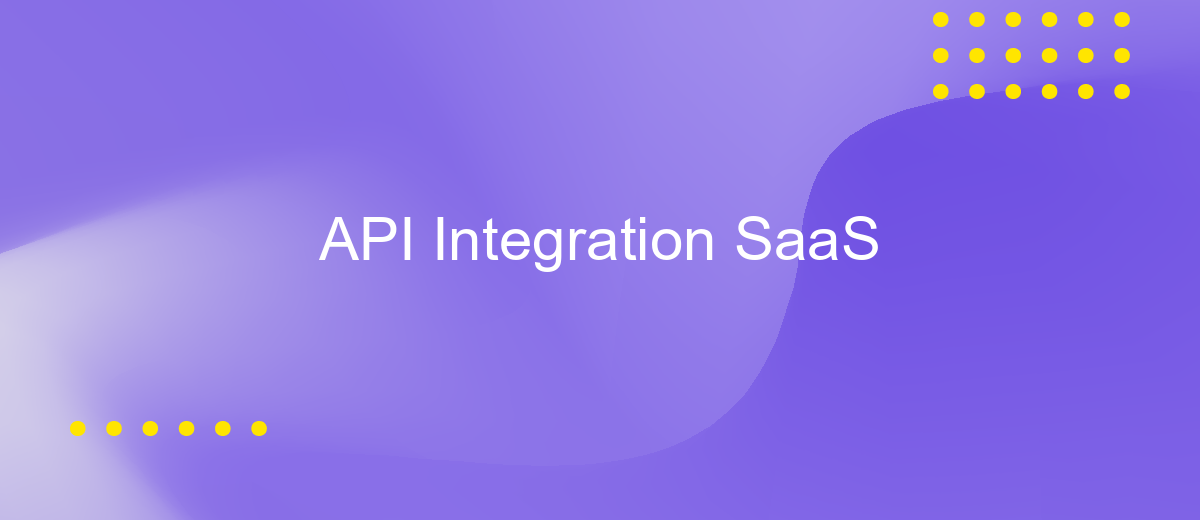API Integration SaaS
In today's rapidly evolving digital landscape, API integration has become a cornerstone for SaaS companies looking to enhance functionality and improve user experience. By seamlessly connecting disparate systems, APIs enable businesses to automate processes, reduce manual effort, and foster innovation. This article explores the critical role of API integration in SaaS, highlighting its benefits, challenges, and best practices for successful implementation in a competitive market.
Understanding API Integration and its Benefits for SaaS
API integration is a crucial component for SaaS (Software as a Service) platforms, enabling seamless communication between different software applications. By allowing disparate systems to exchange data and functionalities, API integration enhances the overall efficiency and user experience of SaaS offerings. This integration facilitates automation, reduces manual intervention, and accelerates business processes, making it an indispensable tool for modern enterprises.
- Improved connectivity between applications
- Enhanced data sharing and synchronization
- Streamlined workflows and automation
- Scalability and flexibility in software solutions
- Cost reduction through efficient resource utilization
Leveraging API integration in SaaS not only optimizes operations but also provides businesses with a competitive edge. It allows for the creation of more robust and feature-rich applications by integrating third-party services and tools. As the demand for customized and scalable solutions grows, the role of APIs becomes even more significant, driving innovation and enabling companies to meet evolving customer needs effectively.
Key Considerations for SaaS API Integration

When integrating SaaS APIs, understanding the specific requirements and limitations of each API is crucial. This involves examining the documentation to comprehend authentication methods, rate limits, and data formats. It is essential to ensure compatibility between the systems being integrated, which often requires a detailed mapping of data fields and endpoints. Additionally, considering the scalability of the integration is vital, as business needs may evolve, necessitating more robust solutions. Prioritizing security measures, such as encryption and regular audits, can safeguard sensitive data during transfer.
Choosing the right tools to facilitate integration can significantly streamline the process. Platforms like ApiX-Drive offer a user-friendly interface to automate connections between multiple SaaS applications without requiring extensive coding knowledge. These tools can reduce the complexity of managing API integrations by providing pre-built connectors and real-time data synchronization. Moreover, monitoring and maintenance should not be overlooked; continuous oversight ensures that integrations remain functional and efficient, adapting to any changes in API structures or business requirements.
Choosing the Right API Integration Approach for your SaaS

When building a SaaS platform, selecting the right API integration approach is crucial for seamless functionality and user satisfaction. The choice depends on various factors such as the complexity of your application, the number of third-party services you plan to integrate, and your team's technical expertise. A well-chosen API strategy can significantly enhance your platform's capabilities and user experience.
- RESTful APIs: Ideal for simplicity and scalability, RESTful APIs are widely used due to their statelessness and resource-oriented architecture.
- GraphQL: Offers flexibility by allowing clients to request specific data, reducing over-fetching and under-fetching issues common with REST.
- Webhooks: Useful for real-time updates, webhooks push data to your application when certain events occur, minimizing the need for constant polling.
- SOAP APIs: Best suited for enterprise-level applications requiring high security and ACID compliance, despite their complexity.
Ultimately, the right approach depends on your SaaS's unique requirements and objectives. Consider factors like data security, performance, and future scalability. It's also beneficial to involve your development team in the decision-making process to ensure alignment with technical capabilities and project goals.
Best Practices for Secure and Efficient SaaS API Integration

Integrating SaaS APIs securely and efficiently is crucial for maintaining data integrity and optimizing performance. As businesses increasingly rely on cloud-based solutions, ensuring robust API integration becomes a priority. Start by understanding the API documentation thoroughly. This helps in identifying the required endpoints and the data exchange format, reducing errors during implementation.
Security should be at the forefront of any integration effort. Implementing strong authentication mechanisms, such as OAuth 2.0, ensures that only authorized users and applications can access the API. Additionally, encrypting data in transit using HTTPS protects sensitive information from interception. Regularly updating API keys and secrets further fortifies security.
- Limit the data exposure by using the principle of least privilege.
- Monitor API usage to identify and mitigate potential threats.
- Implement rate limiting to prevent abuse and ensure fair usage.
- Utilize logging and auditing to track access and changes.
Efficiency in API integration can be achieved by optimizing the number of API calls. Batch requests where possible and cache frequently accessed data to minimize latency. By prioritizing both security and efficiency, businesses can leverage SaaS APIs to their full potential while safeguarding their systems and data.


Future Trends in SaaS API Integration
As SaaS API integration continues to evolve, one of the key trends is the increasing emphasis on automation and low-code/no-code platforms. Businesses are looking for ways to streamline their operations without the need for extensive technical expertise. This is where services like ApiX-Drive come into play, offering user-friendly interfaces that allow companies to set up and manage integrations with minimal coding. Such platforms enable organizations to quickly adapt to changing business needs, fostering agility and innovation.
Another significant trend is the growing focus on security and compliance in API integrations. As data privacy regulations become more stringent, SaaS providers are prioritizing secure data exchange and robust authentication mechanisms. This ensures that integrations not only enhance functionality but also protect sensitive information. Furthermore, the rise of AI and machine learning is set to transform API integrations by enabling predictive analytics and intelligent automation, providing businesses with deeper insights and more efficient processes.
FAQ
What is API integration in SaaS?
How can API integration benefit my business?
What are the common challenges in API integration?
How do I choose the right tool for API integration?
What is the role of automation in API integration?
Strive to take your business to the next level, achieve your goals faster and more efficiently? Apix-Drive is your reliable assistant for these tasks. An online service and application connector will help you automate key business processes and get rid of the routine. You and your employees will free up time for important core tasks. Try Apix-Drive features for free to see the effectiveness of the online connector for yourself.

